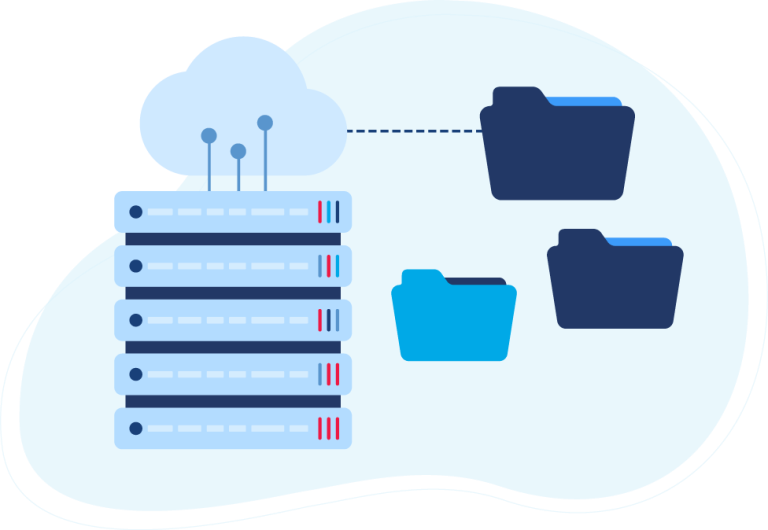In the summer of 2014, VL OMNI wrote about the debate of Build vs. Buy in relation to data integration. Even then, we saw a pattern of Merchants who relied on their internal IT Teams to custom code complex integrations despite a lack of integration expertise. It seems that in the current climate of economic uncertainty, Merchants are falling back on internal teams to push the eCommmerce strategy, without understanding the nuances.
In this blog, we will break down the four issues senior executives must be aware of when it comes to data integration. We do not mean to insinuate that all IT teams as liars, but often internal teams are suspicious of external third-party solutions to the detriment of company growth. These four misconceptions are created to ask important questions and considerations that you as a Merchant must consider when contemplating building internally or buying from a data integration partner.
Here are some questions to guide your reading:
- Is building your own eCommerce integration stack adding value to your organization?
- What happens when documentation gets lost?
- Does the system the in-house folks propose to build have an audit trail?
- What are the total costs involved in building the custom integration?
- Finally, are you seeing the full picture of what you can do in your custom design?
- Is the code you own of value?

The 4 Data Integration Misconceptions Your Internal Teams Have
1. Integration is Easy
Often the general consensus from internal IT teams is that custom coding data integration is easy to do in-house. There are certainly smart, technically competent IT teams who can do it, but its important to go beyond technical jargon and ask them why they think it would be easy to do, ask for a realistic plan and timeline that’s compared with the one is laid out by the third-party data integration partner.
2. We Can Build It For Cheaper
The saying goes, “If you think it’s expensive to hire a professional, wait until you hire an amateur.” It is really important that you do a cost analysis before allowing a DIY project to go ahead. Often there are ongoing maintenance costs that are not accounted for in the initial budget. Also often there are personnel brain trusts that might hold the technical capabilities of the entire project. If they depart the team, are you stuck with useless integrations only one person knew how to operate successfully?
Outsourcing your data integrations to an iPaaS-managed service provider like VL OMNI allows you to ensure your integrations and their ongoing maintenance and implementation and improvements are managed with the highest care for long-term growth. Data Integration is an investment in your company’s operations and future growth capacity. It should never be seen as an inexpensive afterthought.
3. You Can’t Possibly Do It In Time
Internal IT teams will often question the capabilities of the outside vendor. Often it is a long dissertation of technical jargon on the complexities of the particular processes the Merchant uses, this often is not done in good faith, but rather for the decision-making team who has limited technical knowledge.
We wholeheartedly recommend Merchants vetting potential integration partners vigorously, and having team members who are technical can often see when potential vendors are giving false hopes or impressions on timelines or how they can easily handle all complex data movements.
But we also urge the executive team to understand timelines must be compared apples to apples. Does your internal time have the bandwidth to have things done in the same timeline as solution providers are quoting you? Solution providers often have significant experience and business processes to implement integration in a fast manner.
Internal teams, that are often saddled with running the business day-to-day cannot provide a timeline that is equal to the solution provider, particularly if this is their first time creating customer integration solutions for your company.

4. Building It Ourselves Will Be Cheaper And Have More Control Than Using Your Solution.
The reality is that commercial solutions involve years of design, coding and user experience to get to where they are. Every solution provider is different and some have features that are not useful or required, but in general, it is not cheaper to build it yourself.
Executives who are debating this issue with their IT teams must ask themselves is: Does the investment in building your own solution build value in your business? If the answer is no then why try to build it?
The Benefits of A Managed Service
Managed Services like VL OMNI handle data integration projects from initial design and implementation of the solution to ongoing maintenance and new partner onboarding. We are a fully managed integration service provider that powers eCommerce, B2B, and EDI integrations for unlimited applications, such as ERP, CRM, POS, 3PL, and more systems through our iPaaS.
The benefits of an integrated managed solution are:
- Free up the time of your internal IT team
- Minimize risk-prone manual data processes
- Data security and continuity of service
- Unlock the value from data to predict and avoid business disruptions
- Modernize legacy applications
- End-to-end visibility
- Data mapping, routing, harmonization, data accuracy and error notifications.
 D365 Business Central
D365 Business Central Netsuite
Netsuite


